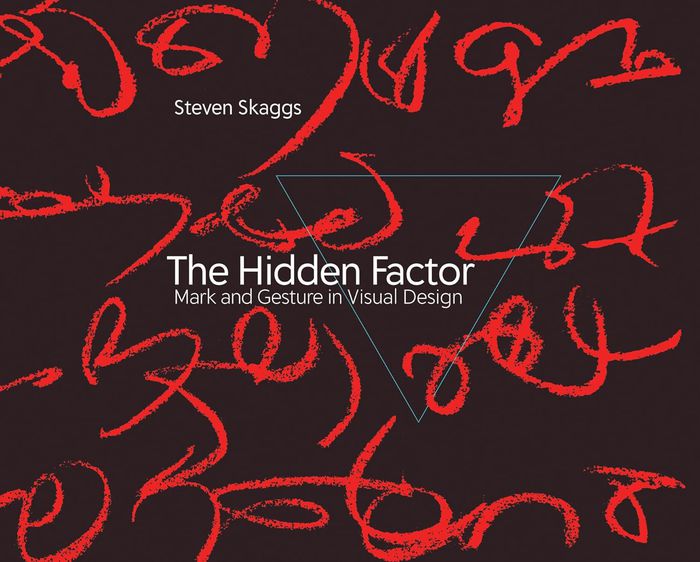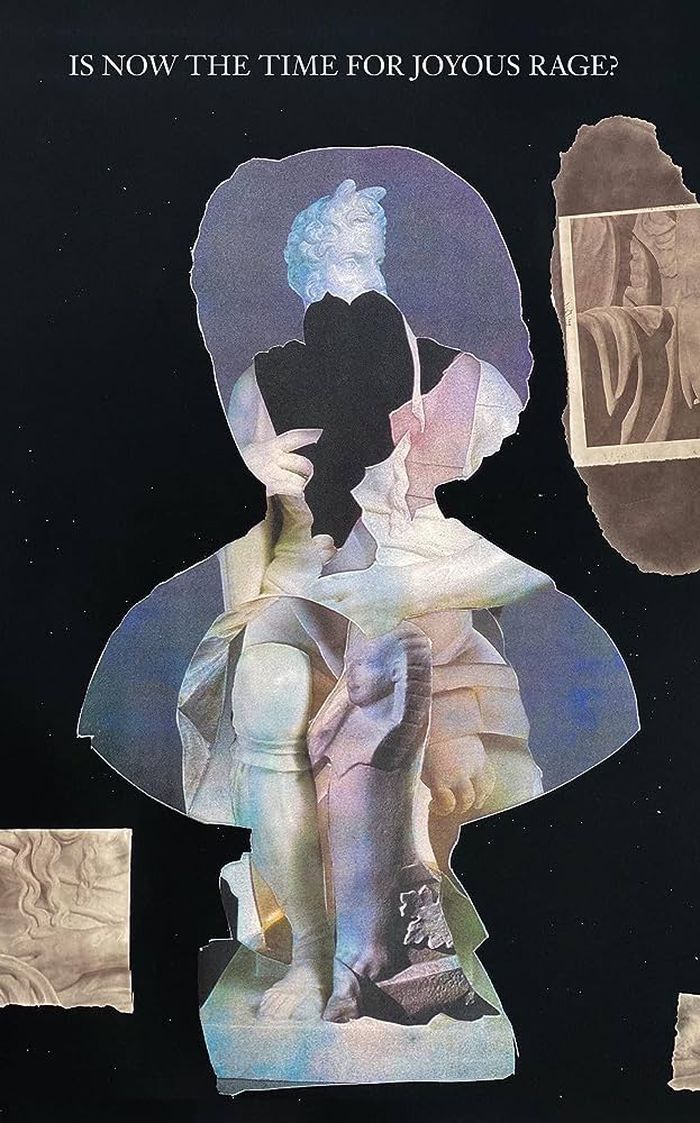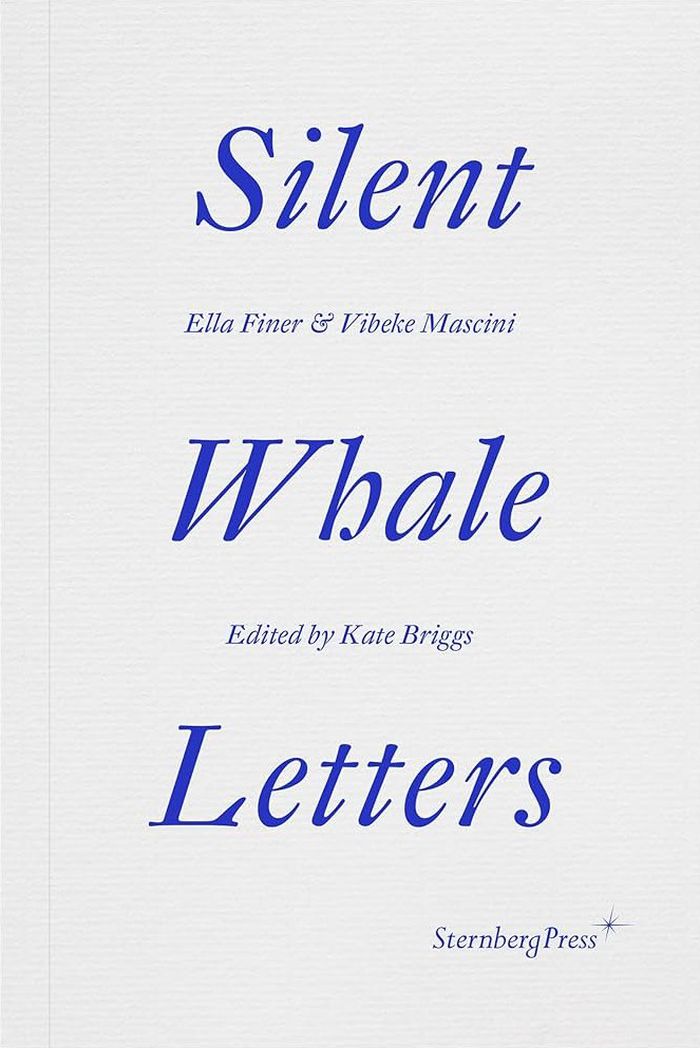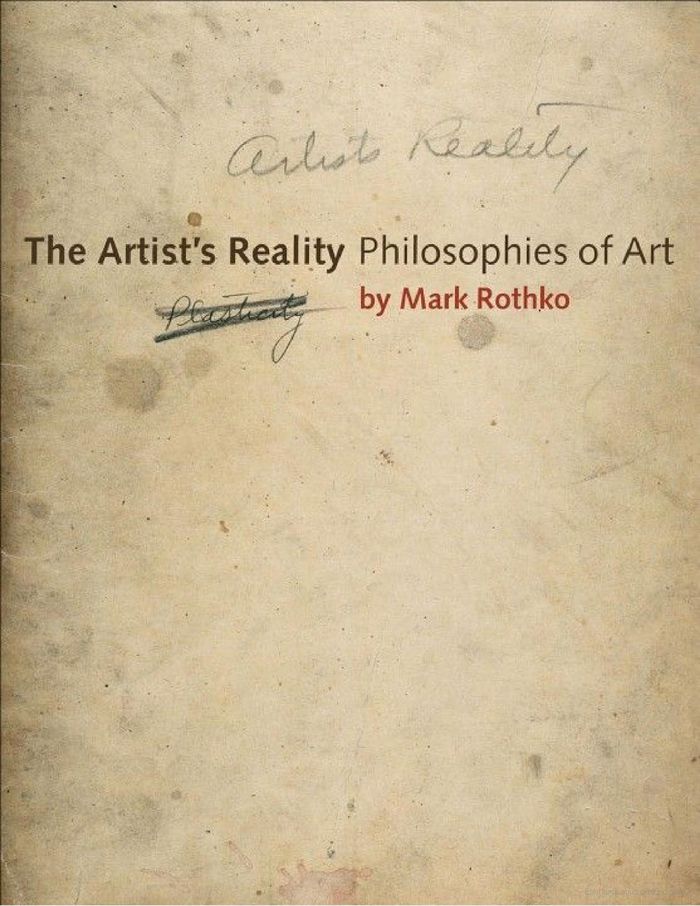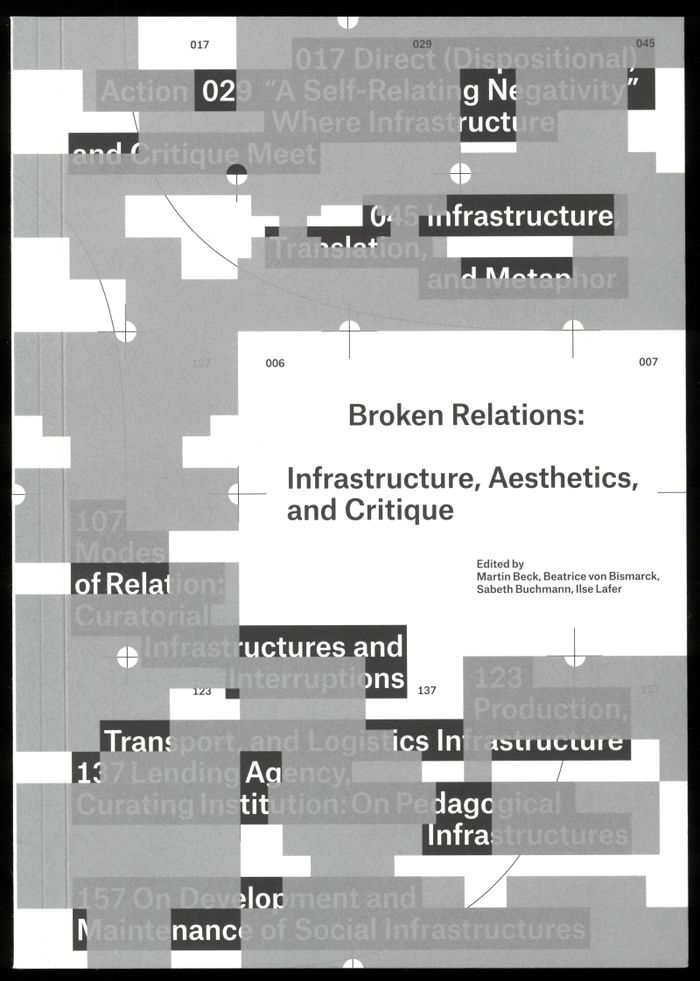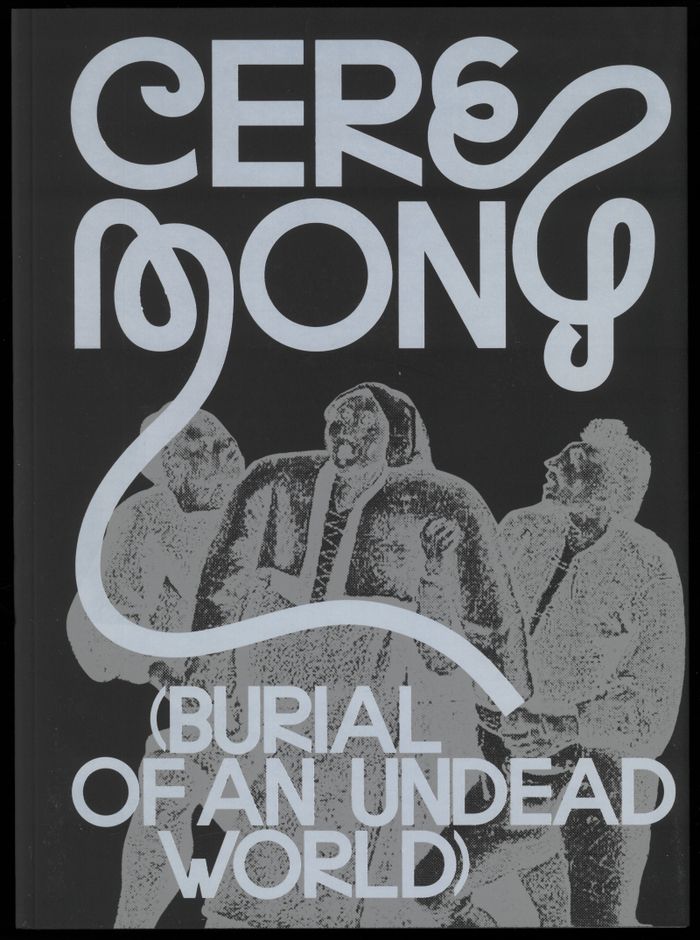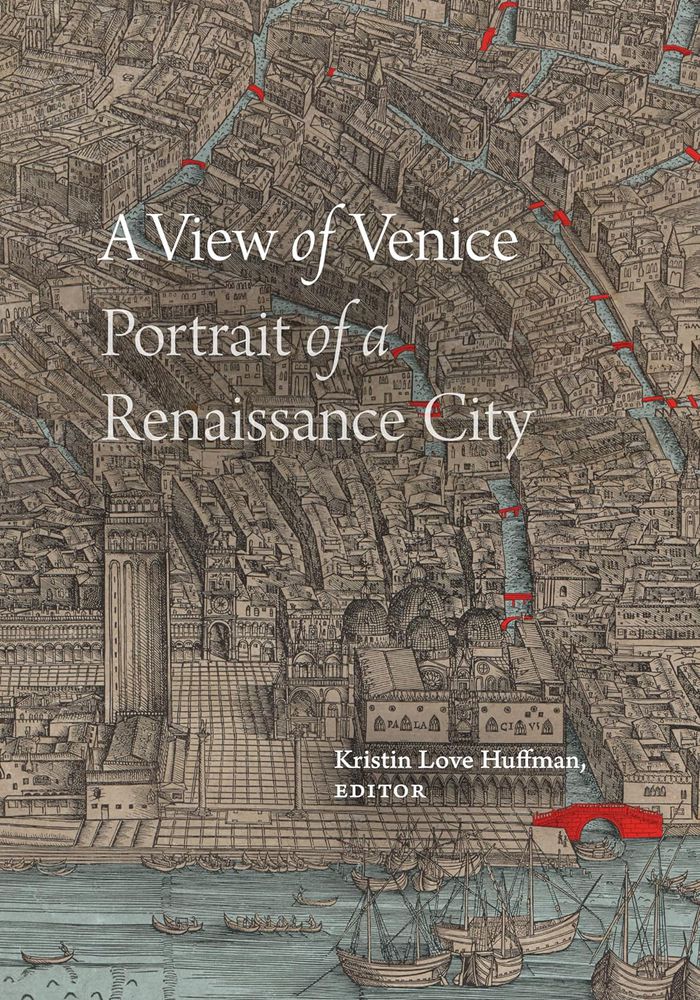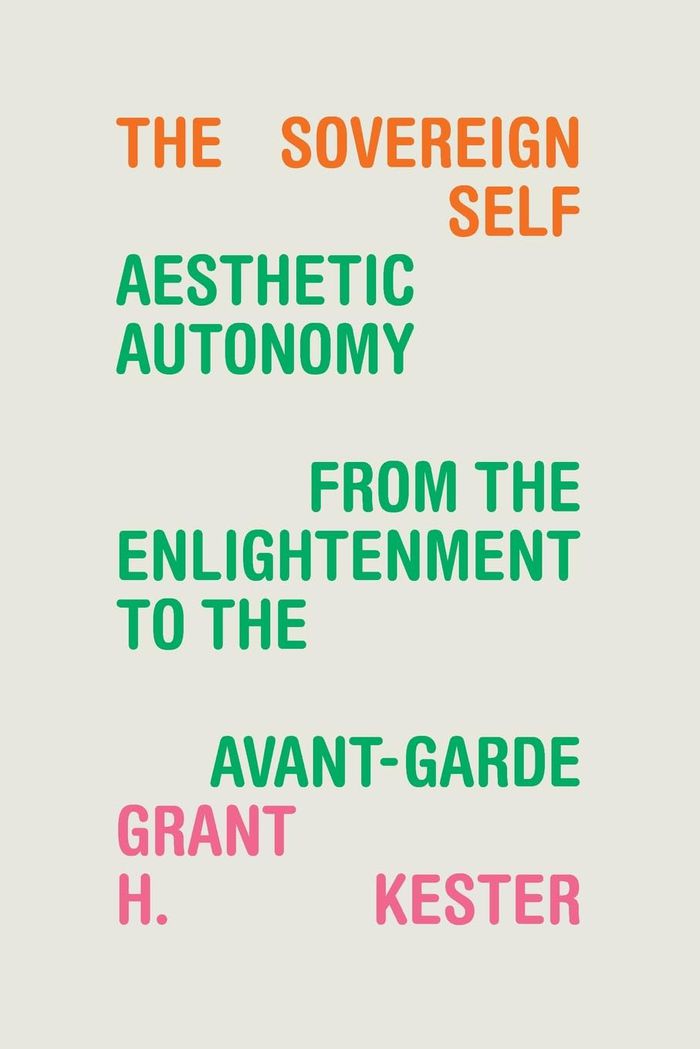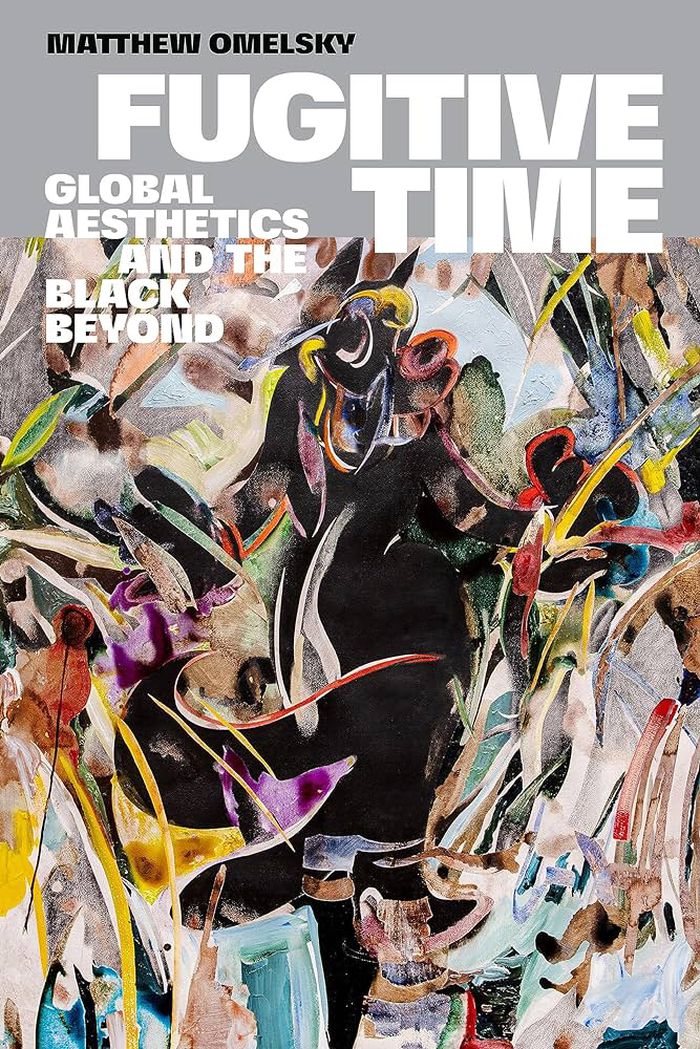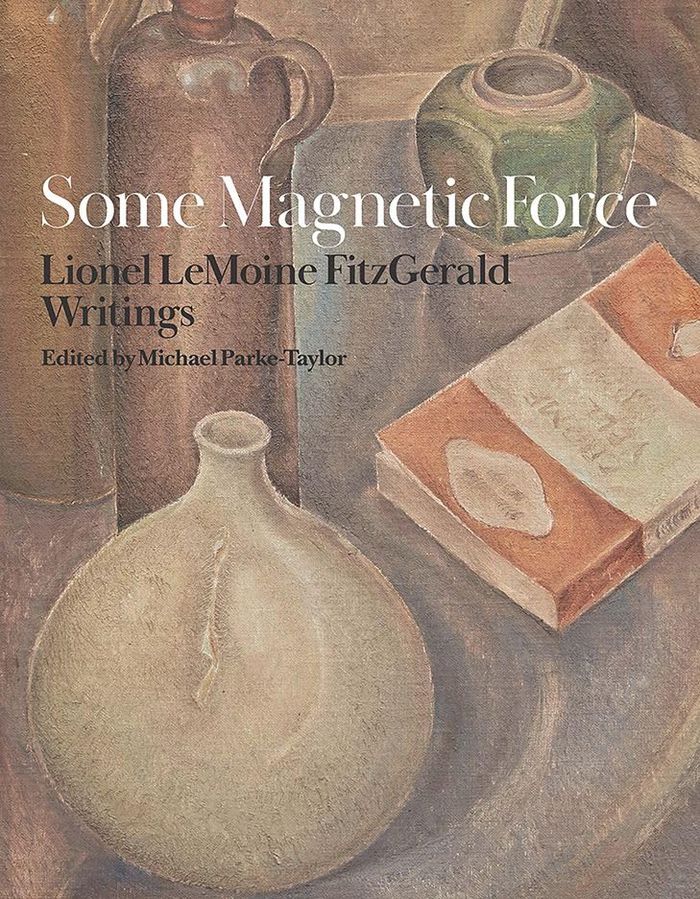$39.95
(available to order)
Summary:
In "The hidden factor," Steven Skaggs provides a beautifully illustrated and explained introduction to the mark—from those as physical as a scratch made by an animal, to those as accidental as a splatter of paint, to those as intentional as hand-drawn characters. Skaggs makes the case that, in the visual arts, gestures and mark-making operate on an equal level with image(...)
The hidden factor: Mark and gesture in visual design
Actions:
Price:
$39.95
(available to order)
Summary:
In "The hidden factor," Steven Skaggs provides a beautifully illustrated and explained introduction to the mark—from those as physical as a scratch made by an animal, to those as accidental as a splatter of paint, to those as intentional as hand-drawn characters. Skaggs makes the case that, in the visual arts, gestures and mark-making operate on an equal level with image and word. While we might think of content as that which is communicated through text and images, Skaggs shows, through visual examples, that the gestural mark is often hidden within both images and the typographic forms that convey words. By mapping different kinds of marks and showing how marks combine with image and word, "The hidden factor" explains that our desire for conceptual information suppresses our awareness of marking. This is especially the case with the tension between word and mark, where we desire legibility. As a result, one of the most conservative of arts—calligraphy—has the potential of being the most radical, since gesturally expressive handwriting is a natural threat to the legibility of a text.
Art Theory
$20.00
(available to order)
Summary:
''Is now the time for joyous rage?'' is the fourth book in the annual series A Series of Open Questions published by CCA Wattis Institute for Contemporary Arts and Sternberg Press. This fourth issue is informed by themes found in the work of Lorraine O’Grady, including diaspora, Black female subjectivity, racial hybridity, translation, intersectional feminism,(...)
Art Theory
August 2023
Is now the time for joyous rage? Lorraine O'Grady, A series of open questions
Actions:
Price:
$20.00
(available to order)
Summary:
''Is now the time for joyous rage?'' is the fourth book in the annual series A Series of Open Questions published by CCA Wattis Institute for Contemporary Arts and Sternberg Press. This fourth issue is informed by themes found in the work of Lorraine O’Grady, including diaspora, Black female subjectivity, racial hybridity, translation, intersectional feminism, institutional critique, Black representation in the art world, archives, music, Conceptualism, and performance art.
Art Theory
Silent whale letters
$27.95
(available to order)
Summary:
As part of an ongoing collaboration between Ella Finer and Vibeke Mascini the letters consider how the silent document shifts the logic of the archive, figuring listening as a practice of preservation. As the letters attune to the ocean loud with communications across time and space, the authors write about the movement of matter, of energies, wavelengths, currents and(...)
Silent whale letters
Actions:
Price:
$27.95
(available to order)
Summary:
As part of an ongoing collaboration between Ella Finer and Vibeke Mascini the letters consider how the silent document shifts the logic of the archive, figuring listening as a practice of preservation. As the letters attune to the ocean loud with communications across time and space, the authors write about the movement of matter, of energies, wavelengths, currents and how the ocean preserves as it disperses what it carries. How does working with what we cannot see, or even hear within range, shift the parameters of attention? How does the energetic archival space of the ocean agitate and disrupt claims to knowledge, history, and power?
Art Theory
$30.00
(available to order)
Summary:
Probably written around 1940–41, this revelatory book discusses Rothko’s ideas on the modern art world, art history, myth, beauty, the challenges of being an artist in society, the true nature of “American art,” and much more. The Artist’s Reality alsoincludes an introduction by Christopher Rothko, the artist’s son, who describes the discovery of the manuscript and the(...)
Art Theory
November 2023
The artist's reality: Philosophies of art
Actions:
Price:
$30.00
(available to order)
Summary:
Probably written around 1940–41, this revelatory book discusses Rothko’s ideas on the modern art world, art history, myth, beauty, the challenges of being an artist in society, the true nature of “American art,” and much more. The Artist’s Reality alsoincludes an introduction by Christopher Rothko, the artist’s son, who describes the discovery of the manuscript and the complicated and fascinating process of bringing the manuscript to publication. The introduction is illustrated with a small selection of relevant examples of the artist’s own work as well as with reproductions of pages from the actual manuscript.
Art Theory
$50.50
(available in store)
Summary:
''Broken relations: infrastructure, aesthetic, and critique'' is a symptom and an outcome of a collectively experienced crisis — one that has produced a new, widespread sensorium for often invisible and overlooked infrastructures and highlighted their importance for all aspects of life, including politics, both local and global, and art and curatorial practices and their(...)
Broken relations: infrastructure, asesthetics, and critique
Actions:
Price:
$50.50
(available in store)
Summary:
''Broken relations: infrastructure, aesthetic, and critique'' is a symptom and an outcome of a collectively experienced crisis — one that has produced a new, widespread sensorium for often invisible and overlooked infrastructures and highlighted their importance for all aspects of life, including politics, both local and global, and art and curatorial practices and their systemic analysis. The reader views infrastructures not only as material phenomena and physical networks but also as immaterial relations and symbolic actions, which, in visible and invisible ways, form our present and, hence, our horizon of aesthetic perception. The interplay between the material and ideological conditions of production, distribution, and presentation directs our gaze, schooled as it is in institutional critique, onto real and symbolic orders, sites, and economies. The book is based on a cooperation between the Academy of Fine Arts Leipzig and the Academy of Fine Arts Vienna: this started in Leipzig in 2021 with the lecture series and exhibition ''Broken relations: infrastructure and interruption'' and continued in Vienna in 2022 with the exhibition ''Conditions and frameworks: infrastructure as form and medium'' and the conference ''Broken relations: infrastructure, aesthetics, and critique''.
Art Theory
$79.00
(available in store)
Summary:
According to the writer and cultural theorist Sylvia Wynter, "we humans cannot pre-exist our origin myths any more than a bee can pre-exist its beehive." Drawing inspiration from her seminal essays "The ceremony must be found" (1984) and “The Ceremony Found” (2015), "Ceremony" draws on Wynter’s thinking to suggest that "modernity," contrary to its own self-image as(...)
Ceremony: Burial of an undead world
Actions:
Price:
$79.00
(available in store)
Summary:
According to the writer and cultural theorist Sylvia Wynter, "we humans cannot pre-exist our origin myths any more than a bee can pre-exist its beehive." Drawing inspiration from her seminal essays "The ceremony must be found" (1984) and “The Ceremony Found” (2015), "Ceremony" draws on Wynter’s thinking to suggest that "modernity," contrary to its own self-image as rational and secular, is also determined by origin myths that emerged through the "mutations" of Christian cosmology after the dawn of capitalism in the Middle Ages. With over twenty-five unique contributions and commentaries on Wynter’s propositions from artists and writers, this publication will constitute a critical reference point for those seeking to construct and envisage a "counter-cosmogony" to the dispossession, slavery, and extractivism of modernity — which together endangers planetary life.
Art Theory
$41.95
(available to order)
Summary:
Jacopo de' Barbari's "View of Venice," a woodcut first printed in the year 1500, presents a bird's-eye portrait of Venice at its peak as an international hub of trade, art, and culture. An artistic and cartographic masterpiece of the Renaissance, the View depicts Venice as a vibrant, waterborne city interconnected by canals and bridges and filled with ornate buildings,(...)
A view of Venice: Portrait of a Renaissance city
Actions:
Price:
$41.95
(available to order)
Summary:
Jacopo de' Barbari's "View of Venice," a woodcut first printed in the year 1500, presents a bird's-eye portrait of Venice at its peak as an international hub of trade, art, and culture. An artistic and cartographic masterpiece of the Renaissance, the View depicts Venice as a vibrant, waterborne city interconnected by canals and bridges and filled with ornate buildings, elaborate gardens, and seafaring vessels. The contributors to "A view of Venice: Portrait of a Renaissance city" draw on a high-resolution digital scan of the over nine-foot-wide composite print to examine the complexities of this extraordinary woodcut and portrayal of early modern Venetian life. The essays show how the View constitutes an advanced material artifact of artistic, humanist, and scientific culture. They also outline the ways the print reveals information about the city's economic and military power, religious and social infrastructures, and cosmopolitan residents. Featuring methodological advancements in the digital humanities, "A view of Venice" highlights the reality and myths of a topographically unique, mystical city and its place in the world.
Art Theory
$36.95
(available to order)
Summary:
In ''The sovereign self', Grant H. Kester examines the evolving discourse of aesthetic autonomy from its origins in the Enlightenment through avant-garde projects and movements in the nineteenth and twentieth centuries. Kester traces the idea of aesthetic autonomy-the sense that art should be autonomous from social forces while retaining the ability to reflect back(...)
The sovereign self: Aesthetic autonomy from the Enlightenment to the Avant-Garde
Actions:
Price:
$36.95
(available to order)
Summary:
In ''The sovereign self', Grant H. Kester examines the evolving discourse of aesthetic autonomy from its origins in the Enlightenment through avant-garde projects and movements in the nineteenth and twentieth centuries. Kester traces the idea of aesthetic autonomy-the sense that art should be autonomous from social forces while retaining the ability to reflect back critically on society-through Kant, Schiller, Hegel, Marx, and Adorno. Kester critiques the use of aesthetic autonomy as the basis for understanding the nature of art and the shifting relationship between art and revolutionary praxis. He shows that dominant discourses of aesthetic autonomy reproduce the very forms of bourgeois liberalism that autonomy discourse itself claims to challenge. Analyzing avant-garde art and political movements in Russia, India, Latin America, and elsewhere, Kester retheorizes the aesthetic beyond autonomy. Ultimately, Kester demonstrates that the question of aesthetic autonomy has ramifications that extend beyond art to encompass the nature of political transformation and forms of anticolonial resistance that challenge the Eurocentric concept of ''Man,'' upon which the aesthetic itself often depends.
Art Theory
$36.95
(available to order)
Summary:
In "Fugitive time", Matthew Omelsky theorizes the embodied experience of time in twentieth- and twenty-first-century black artforms from across the world. Through the lens of time, he charts the sensations and coursing thoughts that accompany desires for freedom as they appear in the work of artists as varied as Toni Morrison, Yvonne Vera, Aimé Césaire, and Issa Samb.(...)
Fugitive time: Global aesthetics and the black beyond
Actions:
Price:
$36.95
(available to order)
Summary:
In "Fugitive time", Matthew Omelsky theorizes the embodied experience of time in twentieth- and twenty-first-century black artforms from across the world. Through the lens of time, he charts the sensations and coursing thoughts that accompany desires for freedom as they appear in the work of artists as varied as Toni Morrison, Yvonne Vera, Aimé Césaire, and Issa Samb. "Fugitive time" names a distinct utopian desire directed at the anticipated moment when the body and mind have been unburdened of the violence that has consumed black life globally for centuries, bringing with it a new form of being. Omelsky shows how fugitive time is not about attaining this transcendent release but is instead about sustaining the idea of it as an ecstatic social gathering. From the desire for ethereal queer worlds in the Black Audio Film Collective's "Twilight City" to Sun Ra's transformation of nineteenth-century scientific racism into an insurgent fugitive aesthetic, Omelsky shows how fugitive time evolves and how it remains a dominant form of imagining freedom in global black cultural expression.
Art Theory
$64.95
(available in store)
Summary:
Artist and educator Lionel LeMoine FitzGerald (1890–1956) was the only member of the Group of Seven based in Western Canada. Some Magnetic Force is the first collection to gather the surviving writings by the Winnipeg artist. Spanning from 1930 to 1954, the texts gathered here begin during the mature period of his artistic development at age forty and conclude with(...)
Some magnetic force: Lionel Lemoine Fitzgerald writings
Actions:
Price:
$64.95
(available in store)
Summary:
Artist and educator Lionel LeMoine FitzGerald (1890–1956) was the only member of the Group of Seven based in Western Canada. Some Magnetic Force is the first collection to gather the surviving writings by the Winnipeg artist. Spanning from 1930 to 1954, the texts gathered here begin during the mature period of his artistic development at age forty and conclude with personal reflections late in life on the nature of art and his career. Michael Parke-Taylor has uncovered and chronologically organized FitzGerald’s letters, diary, lectures, and reports to show how FitzGerald understood the development of his practice, communicated the philosophy of art to his art students, confronted challenges in his career, as well as revealing his spiritual aspirations, views about the natural world, and his private desires. These writings also elucidate the material and reputational realities of artistic production in places beyond the period’s dominant Canadian art centres of Toronto, Montreal, and Ottawa.
Art Theory
